Dreaming of crusty, artisan bread without the hassle of endless kneading or intricate techniques? Your search ends here! This 4-ingredient wonder delivers a bakery-quality loaf with effortless ease, making it ideal for busy weeknights or wowing weekend guests. Whether you’re a seasoned sourdough enthusiast or a beginner in the baking world, this recipe guarantees light, airy perfection every time. Say goodbye to store-bought and hello to the joy of homemade – your taste buds (and Instagram followers) will be delighted!
Variations of Homemade Artisan Bread (4 Ingredients):
This basic recipe is a fantastic foundation for endless flavor and texture exploration! Here are some ideas to customize your artisan loaf:
Flours:
- Whole Wheat: Substitute up to 1 cup of the bread flour with whole wheat flour for a heartier, nutty flavor and extra fiber. Just be aware the dough may rise slightly slower.
- Multigrain: Add 1/2 cup of your favorite multigrain blend (rye, oat, barley) for a more complex flavor and texture.
- Spelt: Swap all or some of the bread flour with spelt flour for a slightly sweet and earthy taste. Spelt flour has a lower gluten content, so the dough may be slightly stickier, but the final bread will still be delicious.
Seeds & Nuts:
- Sunflower Seeds: Mix in 1/4 cup of roasted sunflower seeds for a delightful crunch and boost of protein.
- Pumpkin Seeds: Swap the sunflower seeds for pumpkin seeds for a nutty flavor and added nutrients.
- Walnuts or Pecans: Chopped walnuts or pecans add a decadent touch. Toast them for extra depth of flavor before incorporating them into the dough.
- Dried Herbs: A tablespoon of dried rosemary, thyme, or oregano adds a subtle savory twist.
Flavorings:
- Honey or Maple Syrup: A tablespoon of honey or maple syrup adds a touch of sweetness without compromising the integrity of the crust.
- Olives & Sun-Dried Tomatoes: Chop up some olives and sun-dried tomatoes and fold them into the dough for a Mediterranean-inspired loaf.
- Cheese: Shredded cheddar or Parmesan cheese adds a cheesy twist that pairs well with soups and salads.
How to Incorporate Variations:
- Flours: Adjust the water amount depending on the specific flour used. Whole wheat flour absorbs more water, so you might need an additional tablespoon or two. Spelt flour absorbs less water, so start with the original amount and adjust if needed.
- Seeds & Nuts: Add the seeds or nuts to the dough with the dry ingredients.
- Flavorings: Incorporate liquid flavorings like honey or maple syrup with the water. For dry flavorings like herbs or cheese, add them to the dry ingredients before mixing with the wet ingredients.
Remember: Don’t overdo it with the additions! Too much extra weight can affect the rise and texture of your bread. Start small and adjust based on your preferences.
Additional Tips:
- Experiment with different baking methods. Try baking the loaf on a baking stone for a crispier bottom crust.
- For a rustic look, score the top of the dough with a decorative pattern before baking.
- Brush the cooled bread with olive oil and sprinkle with sea salt for extra flavor and shine.
With these variations and tips, you can transform this basic recipe into a unique and delicious artisan bread that reflects your personal taste. Have fun baking!

Tips for the Best Homemade Artisan Bread (4 Ingredients):
Flour Power:
- Bread is best: While all-purpose flour works in a pinch, bread flour boasts higher gluten content for a chewier crumb and airier rise. It’s worth the switch!
- Temperature matters: Use warm water (100°F – 110°F) to activate the yeast effectively. Avoid extremes that can kill or slow its activity.
- Mix it gently: Resist the urge to overmix! A shaggy dough is ideal for developing gluten and achieving that signature airy crumb. Overworking can result in a dense, tough loaf.
Rise & Shine:
- Patience is key: Don’t rush the bulk rise! Give the dough its full 12-18 hours to develop flavor and rise properly. A longer rise equals a better loaf.
- Warmth is your friend: Choose a warm spot for the dough to rise, ideally around 70°F – 75°F. This promotes optimal yeast activity and ensures a successful rise.
- Shape it right: Gently fold the dough to create tension without deflating it completely. This helps form a round loaf with good structure.
Bake to Perfection:
- Dutch oven magic: If you have one, use a preheated Dutch oven for superior steam retention and a beautifully crisp crust. It truly elevates the bake.
- Score for success: Slashing the top of the dough allows steam to escape, creating a better rise and preventing cracks. Get creative with decorative patterns!
- Golden rule: Don’t peek! Resist the urge to open the oven during the first 30 minutes of baking. This helps trap steam and promotes a proper rise.
Bonus Tips:
- Experiment with flours: Try substituting up to 1 cup of the bread flour with whole wheat, spelt, or multigrain blends for added flavor and texture.
- Flavorful additions: Incorporate chopped nuts, seeds, olives, sun-dried tomatoes, or herbs for a personalized touch. Remember, less is more to avoid affecting the rise.
- Brush it up: After baking, brush the cooled bread with olive oil and sprinkle with sea salt for an extra touch of flavor and shine.
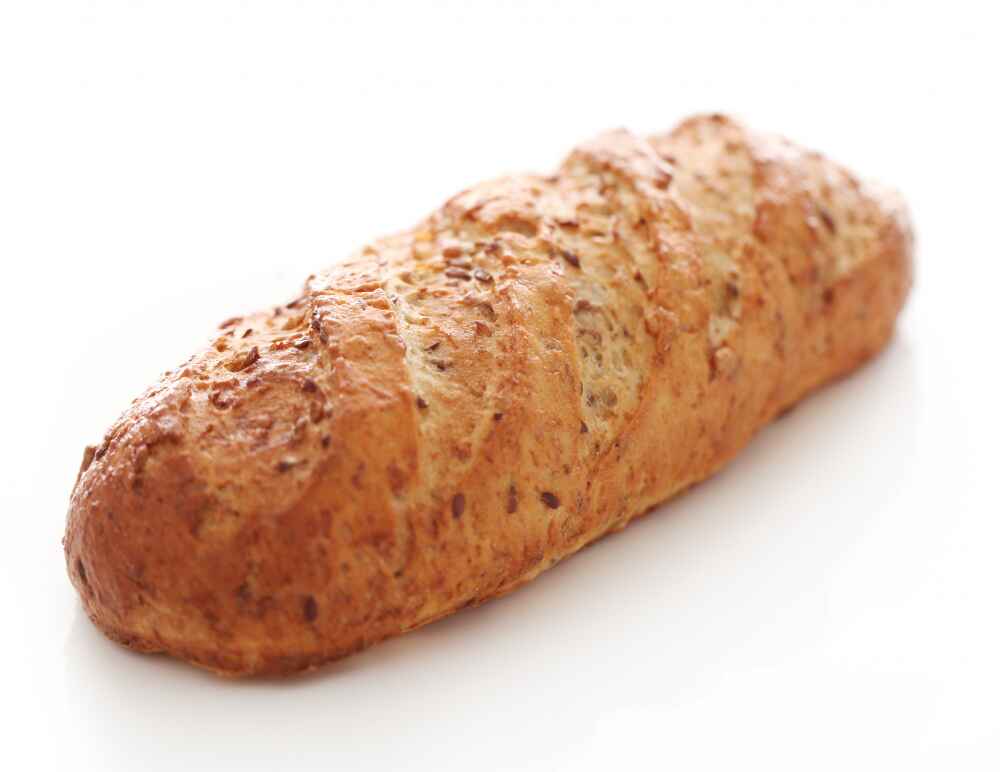
FAQs: Answers to Your Baking Conundrums!
Q: My dough isn’t rising! What went wrong?
A: Several factors can affect dough rise. Check if the water was warm enough (100°F – 110°F), the yeast wasn’t expired, and your chosen spot was warm (70°F – 75°F). Did you overmix the dough? A shaggy dough is key!
Q: My bread is dense and heavy. What can I do?
A: Overmixing, insufficient rise time, or using cold ingredients can contribute to a dense loaf. Ensure you followed the gentle mixing instructions and gave the dough ample time to rise. Next time, try using warm water and a warm environment for rising.
Q: My crust isn’t crispy enough. How can I achieve a better crust?
A: A preheated Dutch oven traps steam and creates a superior crust. If you don’t have one, bake on a baking stone or try placing a pan of water on the bottom rack of the oven for extra steam. Scoring the top of the dough also helps steam escape and promotes a crispier crust.
Q: Can I use active dry yeast instead of instant yeast?
A: Yes, but you need to activate it first. Dissolve the yeast in warm water with a pinch of sugar and let it sit for 5-10 minutes until foamy before adding it to the dry ingredients.
Q: Can I replace some of the bread flour with whole wheat flour?
A: Absolutely! Substitute up to 1 cup for a heartier, nutty flavor. Remember, whole wheat flour absorbs more water, so adjust the water amount slightly if needed.
Q: Can I add other ingredients like seeds, nuts, or herbs?
A: Sure! Experiment with adding chopped nuts, seeds, olives, sun-dried tomatoes, or herbs for personalized flavor. Just be mindful of the quantity to avoid affecting the rise and texture.
Q: I don’t have a Dutch oven. Can I still bake the bread?
A: Of course! Bake on a baking sheet with a pan of water placed on the bottom rack of the oven to create steam. You can also try baking on a baking stone for a crispier crust.
Q: How can I store leftover bread?
A: Store cooled bread in a clean kitchen towel or paper bag at room temperature for up to 3 days. Wrap tightly in plastic wrap or freeze for longer storage.
Remember: Baking is a journey of learning and experimentation. Don’t be discouraged by minor setbacks! Keep practicing, and you’ll soon be baking delicious, artisan bread like a pro!
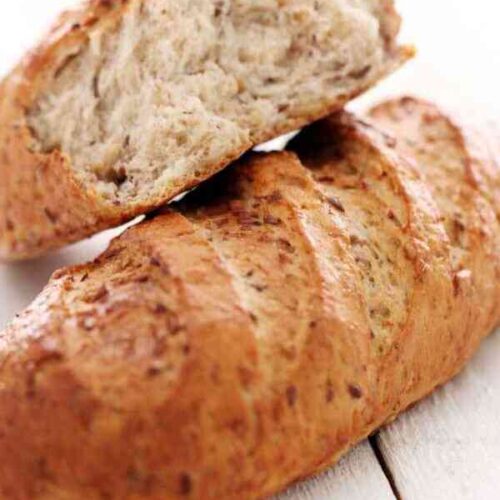
Homemade Artisan Bread (4 Ingredients)
Equipment
- Large bowl
- Baking sheet
- Dutch oven (optional, but highly recommended)
- Parchment paper (optional)
- Sharp knife or dough cutter
Ingredients
- 3 1/4 cups bread flour plus extra for dusting
- 1 1/2 teaspoons instant yeast
- 2 teaspoons salt
- 1 1/2 cups warm water 100°F – 110°F
Instructions
- Mix the dough: In a large bowl, whisk together flour, yeast, and salt. Gradually add warm water, mixing with a wooden spoon until a shaggy dough forms. Do not overmix.
- Bulk rise: Cover the bowl with plastic wrap and let rise at room temperature for 12-18 hours, or until doubled in size.
- Shape and final rise: Gently turn the dough onto a lightly floured surface. Fold the dough in half a few times to create tension. Shape into a round loaf or any of yours choice and transfer to a baking sheet lined with parchment paper (optional) or a Dutch oven preheated to 475°F (246°C). Cover with a damp cloth or lid and let rise for another 30 minutes.
- Bake: Score the top of the loaf with a sharp knife or dough cutter. If using a Dutch oven, bake with the lid on for 30 minutes. Remove the lid and bake for an additional 25 minutes, or until golden brown and crusty.
- Cool: Transfer the bread to a wire rack to cool completely before slicing.
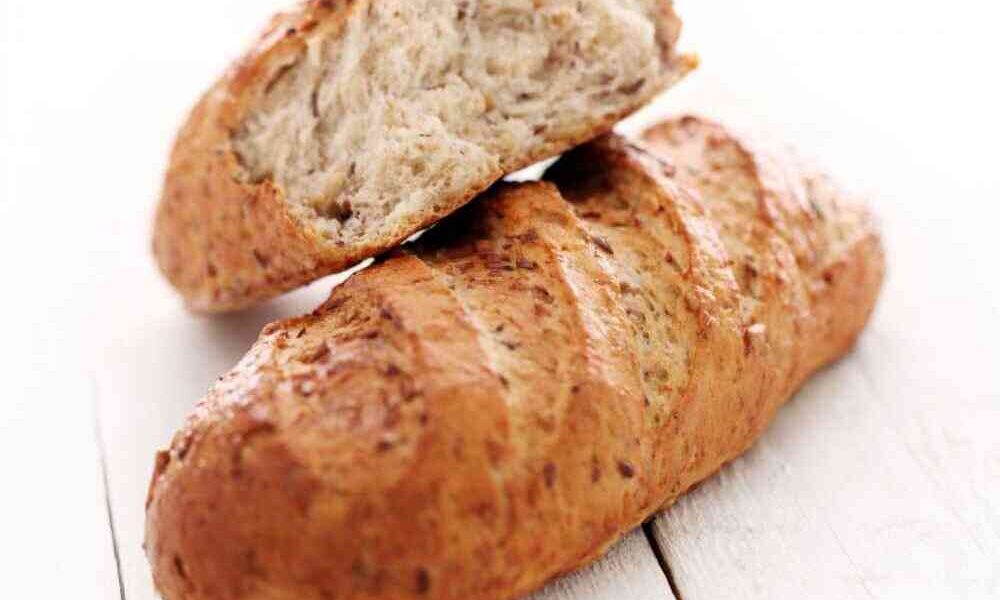

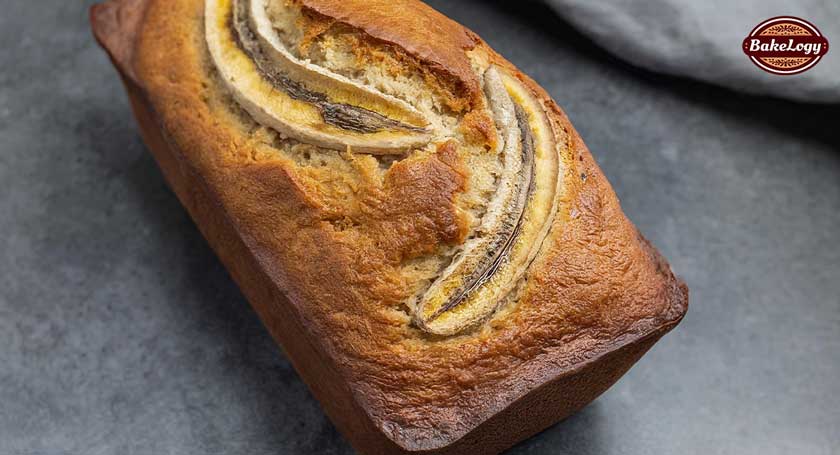

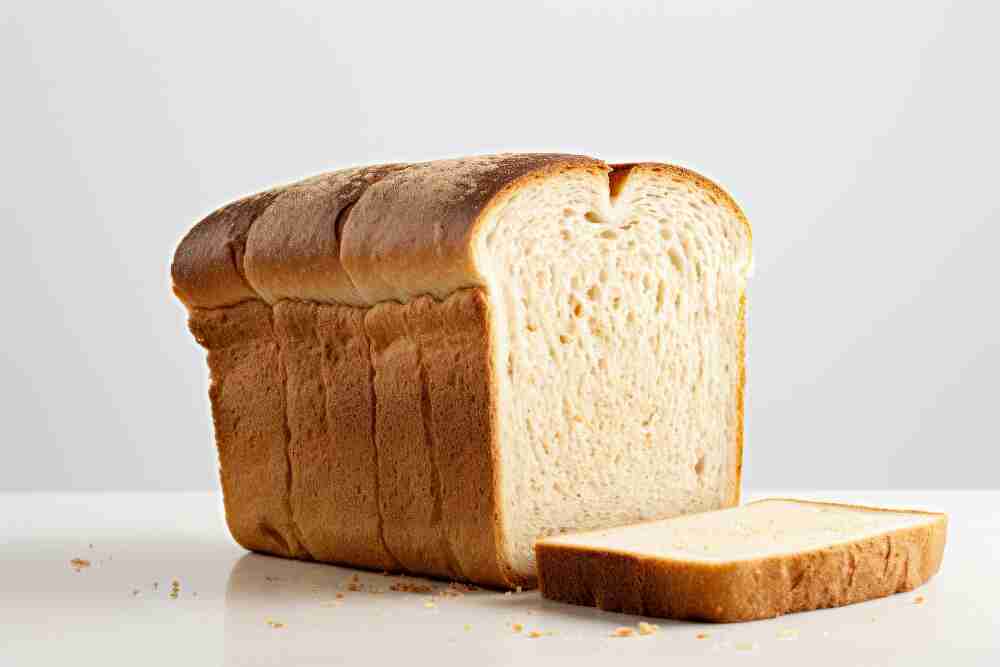
Wonderful article! That is the type of information that
are meant to be shared across the net. Shame on the seek engines for now not positioning this post upper!
Come on over and discuss with my website . Thank you =)